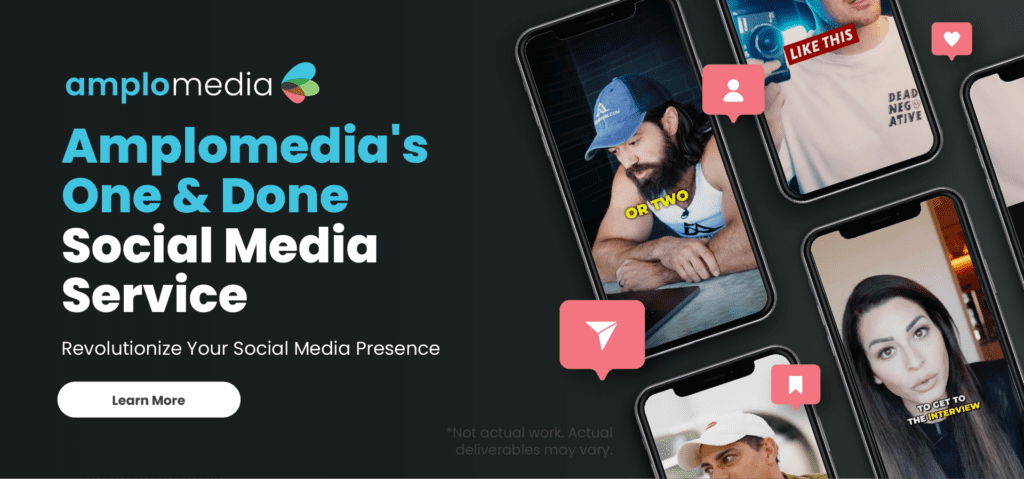Hosting a lead-generating event is an investment of time, energy, and resources. But how do you know if all that effort has paid off? The key lies in tracking the right metrics to measure your success. These metrics don’t just show results—they also help you refine your strategy for future events.
In this article, we’ll break down the most important metrics to track, explain why they matter, and provide actionable tips for analyzing and improving your performance.
Pre-Event Metrics: Gauge Your Outreach Success
The success of your event often starts before it even begins. Tracking pre-event metrics helps you measure the effectiveness of your promotional efforts.
Metrics to Track:
- Registration Rate: How many people registered versus how many were invited?
- Marketing Channel Performance: Which platforms (social media, email, paid ads) drove the most registrations?
- Audience Demographics: Are the registrants aligned with your target audience?
Why It Matters:
Understanding which channels and messaging resonate with your audience allows you to optimize your event promotions and attract the right attendees.
Pro Tip: Use tools like Google Analytics, social media insights, and email campaign analytics to monitor which channels bring in the most high-quality leads.
Attendance Rate: Measure Engagement and Interest
It’s one thing to get people to register—it’s another to get them to show up. Your attendance rate reveals how engaging your event topic and follow-up reminders were.
Metrics to Track:
- Attendance vs. Registration Rate: What percentage of registrants attended the event?
- Drop-Off Rate: Did attendees leave early, and at what point?
Why It Matters:
A high attendance rate means your messaging and reminders hit the mark. If you notice a significant drop-off, it may signal that your event’s content or pacing needs refinement.
Pro Tip: Send personalized reminders and teasers leading up to the event to boost attendance rates.
Engagement Metrics: Track Real-Time Interaction
It takes more than one touchpoint to convert a lead. A multi-channel approach ensures you stay top of mind without overwhelming your contacts.
Combine email, social media, and phone calls to create a consistent presence. Start with a thank-you email, follow up with a valuable resource, and engage further through LinkedIn or personalized calls.
Pro Tip: Space out your touchpoints strategically to maintain interest and avoid overwhelming your leads.
Provide Value Through Content
During the event, tracking engagement is crucial to understanding how well your content resonates with the audience.
Metrics to Track:
- Q&A Participation: How many attendees asked questions?
- Poll and Survey Responses: What percentage of attendees participated in live polls or feedback surveys?
- Chat Activity: Did attendees actively engage in the chat or discussion?
Why It Matters:
Engaged attendees are more likely to convert into leads. Tracking engagement helps you understand which parts of your content worked and which didn’t.
Pro Tip: Incorporate interactive elements like polls, live Q&A, and breakout rooms to keep attendees involved.
Lead Quality Metrics: Assess the Value of Your Attendees
Not all attendees will be potential customers, so tracking lead quality is essential to measure the event’s success in attracting the right audience.
Metrics to Track:
- Qualified Leads: How many attendees fit your ideal customer profile (ICP)?
- Conversion Intent: How many leads expressed interest in a follow-up or demo?
- Engagement Scoring: Assign scores based on attendee behavior, like downloads, clicks, or engagement during the event.
Why It Matters:
Focusing on lead quality rather than sheer quantity ensures your efforts are targeted toward converting high-value prospects.
Pro Tip: Use CRM tools to score and prioritize leads based on their engagement and alignment with your ICP.
Post-Event Metrics: Measure Long-Term Impact
Your event’s impact doesn’t stop when the doors close. Post-event metrics reveal how successful your follow-up efforts are in converting leads into customers.
Metrics to Track:
- Follow-Up Engagement Rate: How many attendees opened follow-up emails or clicked on post-event resources?
- Conversion Rate: What percentage of attendees moved further down your sales funnel?
- Customer Acquisition Cost (CAC): How much did you spend per converted customer?
Why It Matters:
Post-event metrics show the return on investment (ROI) of your event and highlight areas for improvement in future lead-nurturing strategies.
Pro Tip: Use personalized email sequences to nurture leads, and include event highlights or exclusive offers to keep the momentum going.

Overall ROI: Quantify the Event’s Success
Ultimately, you want to understand whether your event was worth the investment. ROI combines all the above metrics to give you a comprehensive view of success.
Metrics to Calculate ROI:
- Total Revenue Generated: How much revenue can be directly attributed to event leads?
- Cost Per Lead (CPL): Divide your total event cost by the number of leads generated.
- Lifetime Value (LTV): Calculate the long-term value of the customers acquired through the event.
Why It Matters:
Tracking ROI helps justify your event spend and guides budget allocation for future initiatives.
Pro Tip: Use an ROI calculator or your CRM’s reporting features to simplify this analysis.
Avoid Common Pitfalls When Measuring Success
To get the most accurate insights, avoid these common mistakes:
- Neglecting Lead Quality: Don’t just focus on the number of leads; prioritize those with the highest conversion potential.
- Ignoring Engagement Metrics: Metrics like Q&A participation or poll responses often signal genuine interest.
- Failing to Follow Up: Without a strong post-event strategy, even the best leads may lose interest.
Metrics Drive Success
Measuring the success of your lead-generating event is about more than just counting attendees—it’s about understanding the entire journey, from registration to conversion. By focusing on these key metrics, you’ll gain valuable insights to refine your strategy, maximize ROI, and ensure future events drive even greater success.
✨ Need help measuring or improving your event ROI? Amplomedia’s Managed Marketing Services can provide the expertise you need.
Learn More About Managed Marketing
For more, read “10 Essential Steps to Planning a High-Impact Lead-Generating Event”
This article provides a comprehensive guide to planning successful lead-generating events, including the importance of tracking key performance indicators (KPIs) like attendee engagement and lead conversion rates. Integrating insights from this post can offer readers a holistic view of event planning and measurement.
